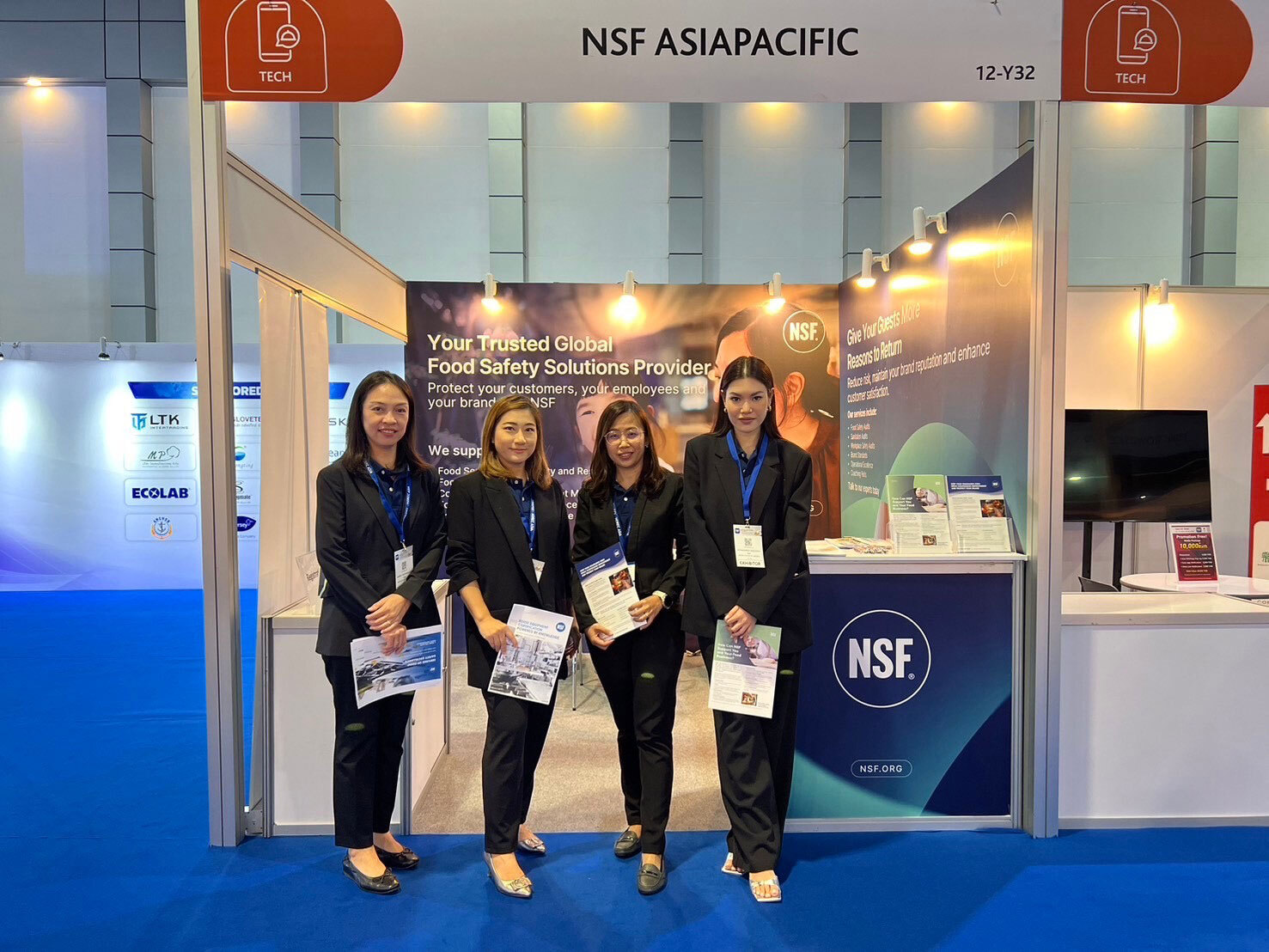NSF/ANSI/CAN 60 and 61 Through History

1972-1990
Need for Standardized Evaluation
The U.S. Environmental Protection Agency (U.S. EPA) operated a program that issued letters of approval to manufacturers for some products intended to come in contact with drinking water. The process involved only a review of the material formulations for potentially harmful compounds. The EPA approval did not include product testing or inspections of manufacturing facilities. Early on, the EPA recognized a need for a more thorough and standardized evaluation process for these products yet realized that their limited resources prevented expansion of this program.
1984
RFPs for Standards Development
The EPA issued a request for proposals for independent nonprofit organizations to develop standards and a certification program for products used to treat or distribute drinking water.
1985
Contract Awarded
The EPA awarded the contract to a consortium led by NSF, which included the American Water Works Association (AWWA), the AWWA Research Foundation (AWWARF) and the Association of State Drinking Water Administrators (ASDWA). The participation of all groups was key to the development of both the NSF/ANSI 60 and 61 standards.
1988
First Health Effects Standards Are Published
The first comprehensive health effects standards, NSF 60 and 61, were published.
1989
ANSI Accreditation
NSF 60 and 61 became ANSI-accredited standards, and NSF began certifying products to these standards.
2008
Annex G for Lead Requirements
In December 2008, Annex G was introduced to NSF/ANSI 61, which set parameters for meeting 0.25% lead content requirements. This allowed product manufacturers to show compliance with laws with lead content requirements, such as California law AB 1953.
2010
From Annex G to NSF/ANSI 372
The requirements of Annex G were moved to NSF/ANSI 372. Annex G became only a reference to NSF/ANSI 372 if lead content verification methods were required.
2011
Lead-Free Definition Changes
The federal Safe Drinking Water Act (SDWA) changed the definition of “lead-free” to mean that products are required to meet a weighted average lead content of 0.25% or less. The federal law had a January 2014 compliance date. NSF/ANSI 61 Section 3.5 also required all products falling under the scope of the legislation to meet the lead-free definition of the Safe Drinking Water Act by January 2014.
2012
Important Changes to Industry Standards
In May 2012, the companion standard to NSF/ANSI 60, NSF 223, was approved by ANSI. NSF/ANSI 223 provides requirements for companies certifying to NSF/ANSI 60.
July 1, 2012, marked a significant milestone in the effort to reduce lead in drinking water. The reduced chemical extraction criteria for lead previously contained in Annex F of NSF/ANSI 61 went into effect. The 2012 version of NSF/ANSI 61 was issued, the reduced lead extraction criteria moved from Annex F into the main body of the standard, and compliance was now mandated.
2013
Retiring of Annex G
In October 2013, Annex G was retired from NSF/ANSI 61.
2014
Lead-Free Legislation Is Officially Implemented
The SDWA and the changes to the “lead-free” definition went into effect in January 2014.
2019
Both Standards Published as National Standards of Canada
The names of the standards were updated to NSF/ANSI/CAN 60 and NSF/ANSI/CAN 61 to illustrate their acceptance as national standards of Canada.
2022
NSF/ANSI/CAN 61, Section 3.6 Takes Effect
On January 1, 2022, the implementation deadline to comply with section 3.6 of NSF/ANSI 61 went into effect. This section of the standard has been updated to include the requirement of lead content verification testing for all products certified to NSF/ANSI/CAN 61, with the exception of those specifically exempted within the Safe Drinking Water Act.
Wish To Know More?
Contact us with questions or to receive a quote.
How NSF Can Help You
Get in touch to find out how we can help you and your business thrive.

